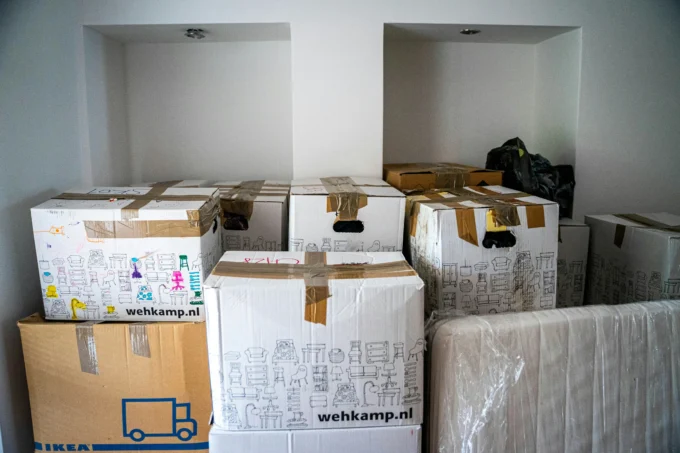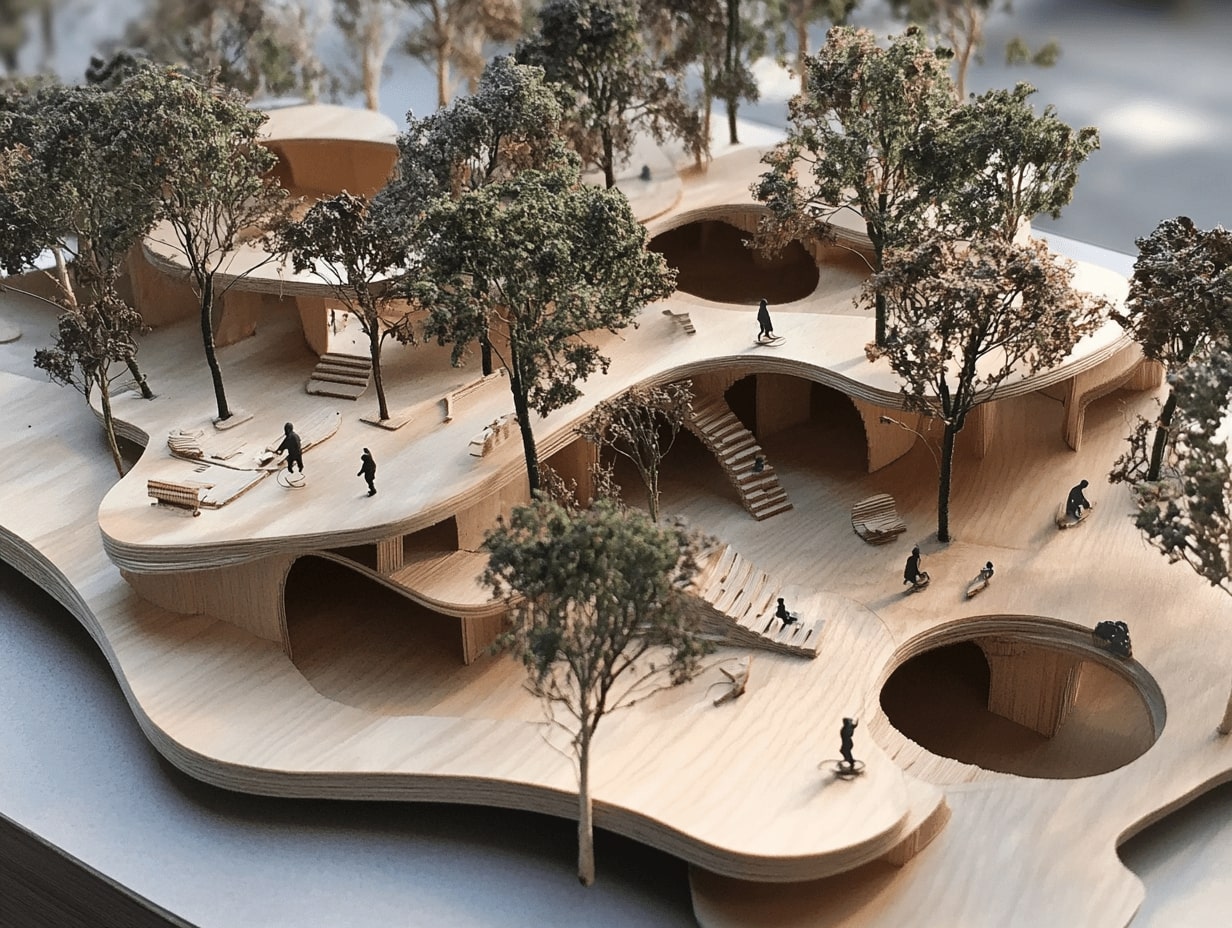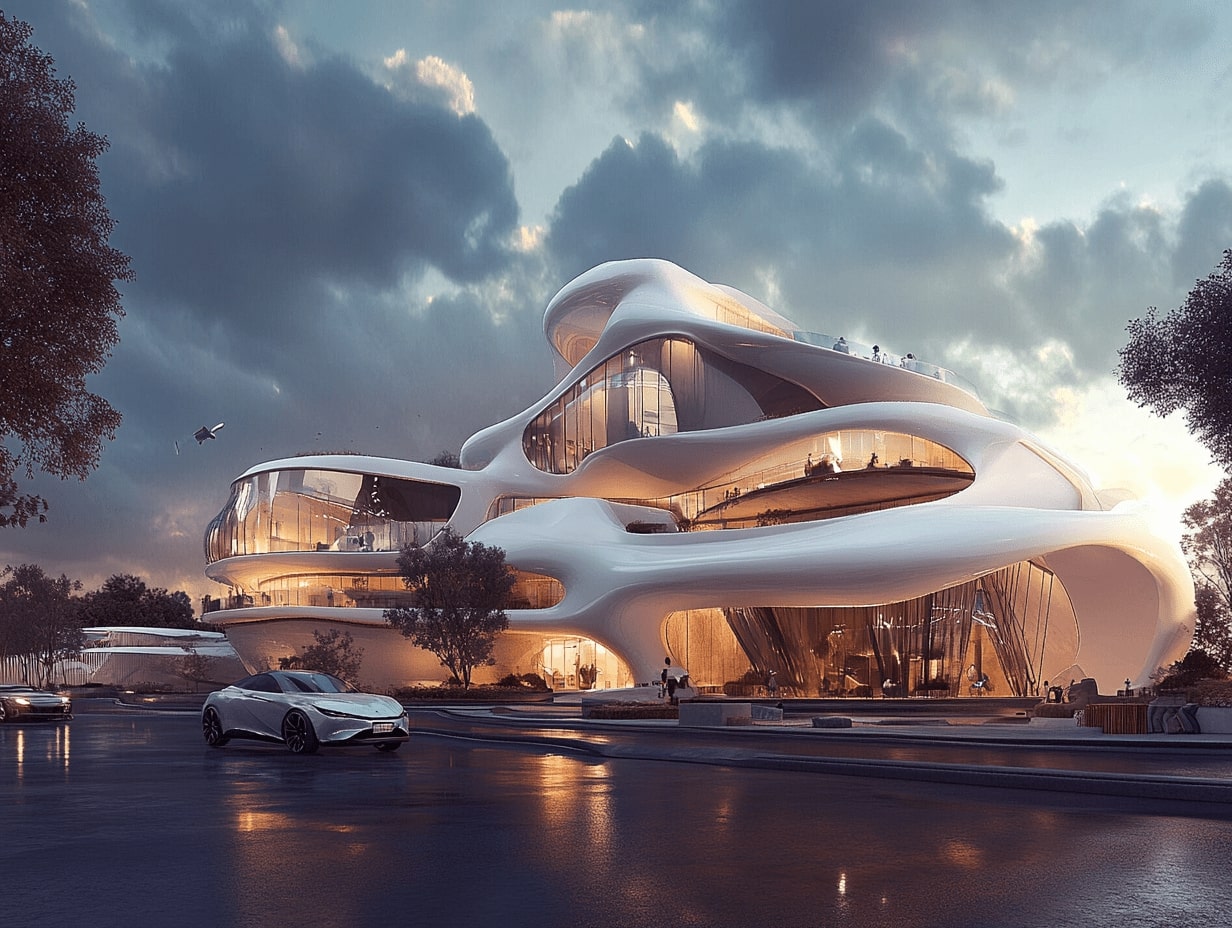- Home
- Articles
- Architectural Portfolio
- Architectral Presentation
- Inspirational Stories
- Architecture News
- Visualization
- BIM Industry
- Facade Design
- Parametric Design
- Career
- Landscape Architecture
- Construction
- Artificial Intelligence
- Sketching
- Design Softwares
- Diagrams
- Writing
- Architectural Tips
- Sustainability
- Courses
- Concept
- Technology
- History & Heritage
- Future of Architecture
- Guides & How-To
- Art & Culture
- Projects
- Interior Design
- Competitions
- Jobs
- Store
- Tools
- More
- Home
- Articles
- Architectural Portfolio
- Architectral Presentation
- Inspirational Stories
- Architecture News
- Visualization
- BIM Industry
- Facade Design
- Parametric Design
- Career
- Landscape Architecture
- Construction
- Artificial Intelligence
- Sketching
- Design Softwares
- Diagrams
- Writing
- Architectural Tips
- Sustainability
- Courses
- Concept
- Technology
- History & Heritage
- Future of Architecture
- Guides & How-To
- Art & Culture
- Projects
- Interior Design
- Competitions
- Jobs
- Store
- Tools
- More
How to Find Architectural Ideas: Creative Tips and Inspiration for Unique Designs
Discover practical strategies to find architectural inspiration from nature, history, art, and technology. Explore techniques like sketching, brainstorming, and visiting landmarks to spark creativity.

Finding architectural ideas can feel overwhelming, especially when there’s an entire world of inspiration waiting to be explored. Whether we’re designing a home, planning a commercial space, or simply dreaming about our next project, the right ideas can transform a vision into reality. But where do we start?
From timeless structures to modern innovations, architecture is all around us. By tapping into diverse sources like nature, art, and history, we can uncover fresh perspectives that spark creativity. It’s about learning to see the world differently and connecting the dots between what inspires us and what we want to create.
Let’s dive into practical ways to discover architectural ideas that align with our goals and unleash our imagination. Whether we’re seasoned professionals or curious enthusiasts, there’s always more to explore.

Table of Contents
ToggleImportance Of Finding Architectural Ideas
Finding architectural ideas drives creativity and innovation in design. Diverse concepts allow us to address functional needs while reflecting cultural, aesthetic, and technological advancements. Without fresh ideas, designs can feel repetitive and uninspired.
Architectural ideas guide project vision and execution. Well-chosen concepts form the foundation for layouts, materials, and color schemes in spaces like homes, offices, and public buildings. Clear vision reduces development challenges and ensures structures meet user expectations.
Exploring ideas expands design knowledge and skills. By studying historic designs, natural forms, or artistic movements, we build a richer understanding of architectural principles. This exploration informs better material choices, spatial organization, and sustainable practices.
Unique architectural inspiration ensures competitive edge. Distinctive designs attract attention and elevate personal or professional portfolios, setting projects apart in crowded markets.

Exploring Inspiration Sources
Finding inspiration requires exploring various sources that evoke creativity and align with our architectural goals. These sources provide the foundation for innovative designs and effective solutions.
Nature And Environment
Nature offers unparalleled inspiration through its forms, patterns, and processes. Observing landscapes, plants, and natural light can inform structural designs, layouts, and material use. For example, biomimicry translates natural adaptations into energy-efficient architectural solutions. By integrating environmental elements, we ensure harmony with sustainable practices and client needs.
Historical Architecture
Historical structures reveal timeless design principles and cultural values. Exploring cathedrals, temples, or traditional homes provides insights into durable materials and intricate craftsmanship. Incorporating historical influences, like Roman arches or Gothic windows, allows us to add character while respecting legacy. Researching preservation practices also enhances our understanding of functional beauty.
Art And Culture
Art and culture inspire design aesthetics, scale, and spatial interaction. Paintings, sculptures, and modern installations showcase color palettes and textures, while regional customs guide culturally resonant designs. Examining artistic movements such as Bauhaus or Dadaism expands our design vocabulary. Merging artistic elements enriches projects with emotional depth.
Modern Technologies And Innovation
Technological advancements introduce efficient tools and new possibilities. Parametric design software, smart materials, and prefabrication improve precision and sustainability. For instance, 3D printing creates complex structural forms previously unattainable with traditional methods. Experimenting with these innovations transforms ideas into groundbreaking architectural realities.
Techniques To Generate Ideas
Finding innovative architectural ideas requires exploring methods that ignite creativity and broaden design perspectives. These techniques encourage unique approaches and foster originality in every project.

Sketching And Brainstorming
Doodling and visualization stimulate creativity by allowing us to translate abstract thoughts into tangible ideas. Engaging in brainstorming sessions helps refine these sketches, introducing collaborative input and challenging conventions. For instance, using mind maps or group ideation approaches can unlock unexpected solutions and align concepts with functional requirements.
Visiting Architectural Landmarks
Exploring built structures provides insight into time-tested designs, materials, and spatial arrangements. Architectural landmarks, such as cathedrals, bridges, or skyscrapers, reveal practical applications of historical and modern styles. Walking through these spaces helps us interpret their cultural narratives, structural innovations, and design patterns, inspiring new ways to integrate these elements.
Engaging In Design Competitions
Participation in competitions offers exposure to diverse briefs and standards, prompting us to think outside conventional parameters. These challenges encourage creative problem-solving while highlighting emerging trends and ideas. Platforms like ArchDaily and RIBA Competitions connect us with projects and foster innovation, sparking concepts that may otherwise remain unexplored.
Leveraging Tools And Resources
Effective tools and resources help uncover architectural ideas and streamline the design process. By tapping into diverse mediums, we expand our perspectives and refine creative approaches.

Online Platforms And Communities
Architectural websites, forums, and social media platforms offer abundant inspiration and collaboration. Platforms like ArchDaily and Houzz showcase innovative projects, while forums such as SkyscraperCity foster discussions on design trends. Engaging with communities on Instagram or Pinterest uncovers visual trends, featuring dynamic examples of both classic and modern designs. These spaces connect us with peers and provide opportunities to share and refine ideas.
Architectural Books And Magazines
Books and magazines provide in-depth analysis of architecture across styles and eras. Titles like “The Architecture of Happiness” by Alain de Botton or “Towards a New Architecture” by Le Corbusier offer timeless ideas on form and function. Current periodicals, like Architectural Digest or Dwell, highlight contemporary trends, materials, and technology. Exploring this content illuminates design evolution and sparks creative thought.
Design Workshops And Seminars
Workshops and seminars immerse participants in hands-on learning and expert insights. Events like the AIA Conference or Autodesk University teach technical skills, explore design frameworks, and introduce novel tools. Regional workshops often focus on sustainability or vernacular architecture, catering to specific interests. Interacting with professionals and gaining direct feedback enriches our design approach.
Staying Open To Creativity
Remaining open to creativity fosters innovative architectural solutions and fresh perspectives. Expanding our mindset through observation and experimentation enhances the ability to discover unique design ideas.

Observing Everyday Surroundings
Exploring everyday environments reveals unexpected architectural inspiration. Urban areas showcase diverse building designs, structural patterns, and material applications. Parks and natural landscapes provide insights into organic forms, balanced proportions, and sustainable elements.
Paying attention to light interactions, spatial arrangements, and textures within homes or workplaces uncovers overlooked design possibilities. For example, the interplay of natural light through windows informs spatial flow and energy efficiency considerations.
Capturing observations through photos or quick sketches helps document ideas for future projects. Engaging with familiar surroundings as observers sharpens our perspective and allows us to find creativity in ordinary contexts.
Experimenting With Unconventional Approaches
Testing untraditional design methods encourages creativity and bold ideas. Combining contrasting design styles, such as blending minimalist structures with ornate features, generates unique architectural results.
Using unconventional materials like recycled glass, bamboo, or reclaimed wood introduces sustainable, innovative designs. Hands-on model crafting with alternative materials, such as clay or cardboard, improves spatial conceptualization and idea refinement.
Engaging in speculative design exploration or imaginary projects allows us to develop visionary concepts without practical constraints. This freedom nurtures creative thinking and inspires inventive architectural ideas adaptable to real-world projects.
Conclusion
Finding architectural ideas combines creativity, exploration, and resourcefulness. By drawing inspiration from nature, history, art, and modern technologies, we can develop designs that balance functionality, aesthetics, and innovation. Techniques like sketching, brainstorming, visiting landmarks, and participating in competitions refine our ideas while fostering originality.
Leveraging resources such as online platforms, books, and workshops enriches our understanding of styles and trends. Staying observant of everyday environments and experimenting with unconventional approaches reveals unique perspectives. Together, these practices provide a foundation for inventive and impactful architectural concepts that address diverse design challenges.
- 3D architectural visualization
- architectural art ideas
- architectural design ideas
- architectural photography ideas
- architecture blog inspiration
- architecture style guide
- commercial building design ideas
- contemporary house designs
- creative architecture tips
- digital architecture design
- eco-friendly design concepts
- exterior design concepts
- home design inspiration
- innovative design concepts
- Interior Design Ideas
- landscape architecture tips
- modern architecture trends
- residential architecture inspiration
- sustainable architecture tips
- unique architectural inspiration
- urban design innovation
Submit your architectural projects
Follow these steps for submission your project. Submission FormLatest Posts
Building with Purpose: Creating Meaningful Spaces for Community and Sustainability
Explore the transformative power of purposeful building in our fast-paced world. This...
Architectural Concept Ideas: Inspiring Designs for Functionality, Aesthetics, and Sustainability
Discover the essence of architectural concepts and their role in shaping innovative,...
Architectural Design Development: Key Stages, Tools, Challenges, and Future Trends
Explore the transformative process of architectural design development, where creativity meets precision....
Architecture Concept Models: Importance, Benefits, Types, and Tools for Better Design
Explore the pivotal role of architecture concept models in transforming abstract ideas...












Leave a comment